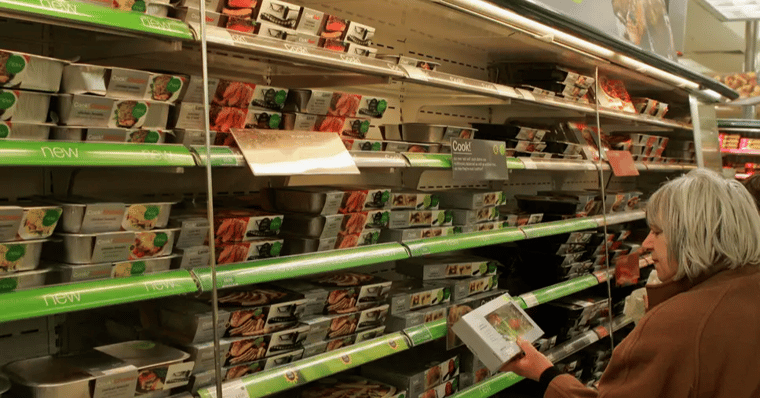From this month (October 2021), the UK Food Information Amendment – also known as Natasha’s Law – comes into effect. The legislation requires all food retailers to display the full ingredients and allergens on every pre-packed for direct sale (PPDS) foods.
These changes have been introduced following the tragic death of teenager Natasha Ednan-Laperouse, who suffered a severe allergic reaction in 2016 caused by a prepacked baguette. Natasha’s Law aims to protect allergy sufferers and give them confidence in the food they buy.
In this blog, we summarise the Natasha’s Law guidance from the Food Standards Agency (FSA) to help you understand what the new law means for your business.
- What is PPDS food?
- What needs to be on the label?
- How do I need to present my food labels?
- How should I produce my food labels?
- Who’s legally responsible for food labelling?
What is PPDS food?
Prepacked for direct sale is food that’s packaged at the same place it’s offered/sold to consumers and is in this packaging before it’s ordered or selected. PPDS can be food consumers have picked themselves (e.g. from a display unit), products kept behind a counter and some food sold at mobile/temporary outlets.
Some examples of PPDS food include:
- Sandwiches and bakery products that are packed on site before a consumer chooses or orders them
- Products that are pre-packaged on site ready for sale (e.g. pizzas, rotisserie chicken and pasta pots)
- Samples of cookies given to consumers for free that were packed on site

What needs to be on the label?
The label for PPDS must show:
- The name of the food
- An ingredients list
- Any of the 14 allergens emphasised in the ingredients list (if they’re present in the food)
The allergenic ingredients within your food has to be emphasised every time they appear in the ingredients list. You can emphasise allergens in your ingredients list by using:
- Bold type
- Capital letters
- Contrasting colours
- Underlining
You must also ensure compliance with any existing food information and labelling requirements for the countries you operate in.
The Food Standards Agency (FSA) have put together a short, easy-to-digest video on food labels which you can watch below.
How do I need to present my food labels?
Your food labels must be visible and clearly legible. Also, consumers shouldn’t have to open your packaging to access this information. They should be able to see the following information at the same time:
- The name of your food
- The net quantity of your food
- Alcoholic strength by volume (for drinks containing over 1.2% alcohol)
You must print all the mandatory information within the necessary font size, details of which you can find on the UK Government website by clicking here.
How should I produce my food labels?
There are different ways you can produce labels. So, you should consider how best to create them to suit your particular business model.
These include:
- Printed – software solutions or labelling programmes with printers can be used, as well as pre-printed packaging. To mitigate against any unforeseen incidents such as malfunctions, you may also want to consider having reserve pre-printed labels readily available
- Handwritten – food labels can be handwritten as long as they meet the legal font size requirements, are easily visible and clearly legible. Allergens need to be emphasised using bold type, capital letters, contrasting colours or through underlining
Who’s legally responsible for food labelling?
Food businesses that package their products on site to sell to consumers are responsible for labelling their food products. You need to use information provided by your suppliers to produce accurate labels.
You also need to make sure you have the right processes in place to update this information in case there’s a change in suppliers or ingredients.
A food-specific ERP system can automatically produce labels using data collected during your recipe development and production processes. The system can monitor how ingredients and raw materials are supplied, stored and used, ensuring the information is accurate and minimising the chances of human error.
You can read more about the benefits of having a specialist ERP system by downloading our guide below.
Need anything explaining further? We’d be happy to help
We all deserve access to safe, high quality food that we can trust. And for people with potentially life-threatening food allergies, that trust becomes even more important.
If you’re still unsure on how Natasha’s Law applies to you or you need anything explaining further, we’d be more than happy to help. At Columbus, we’ve amassed over 30 years of experience helping food businesses like yours prepare for industry challenges.
Speak to one of our expert consultants today by clicking the button below.



